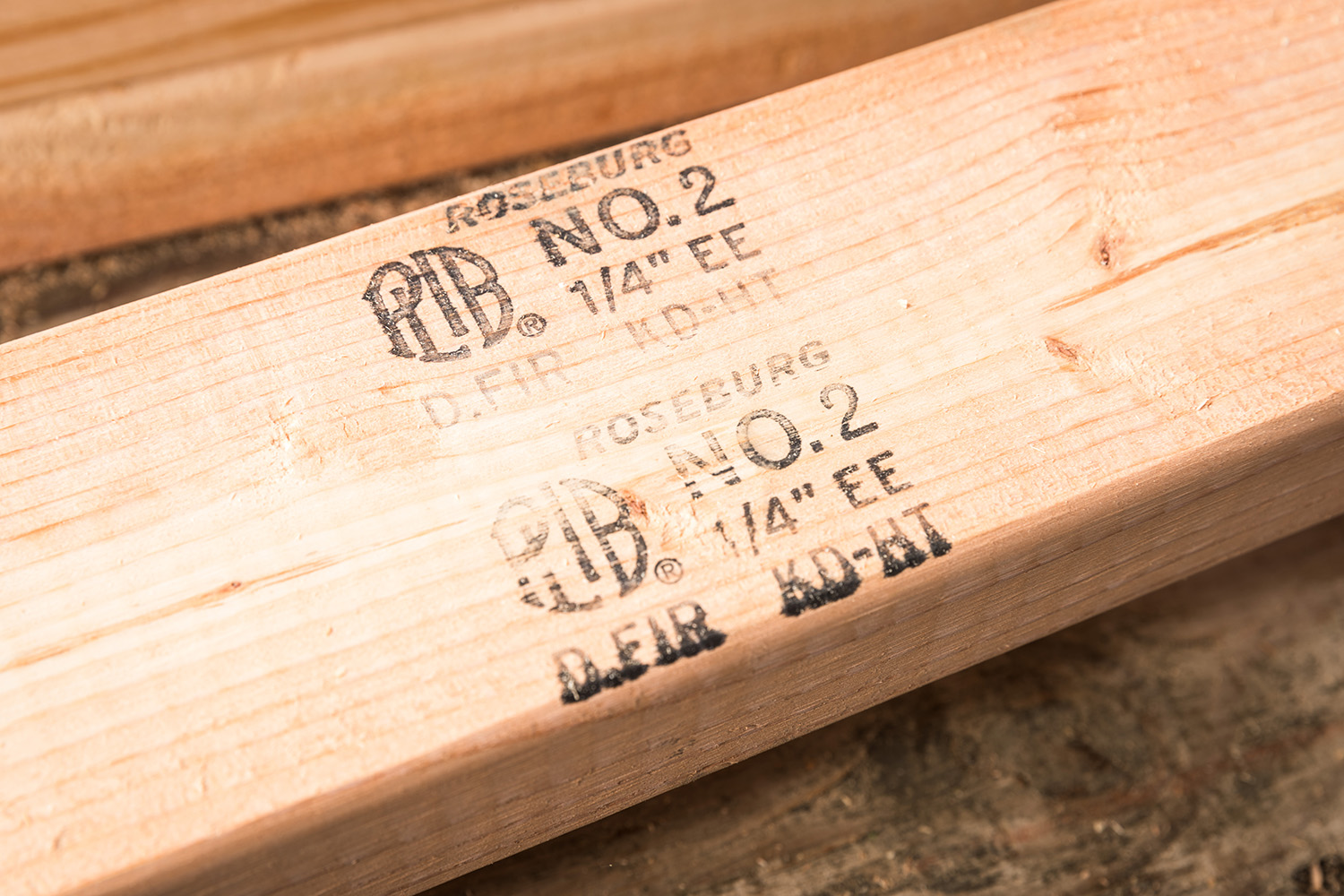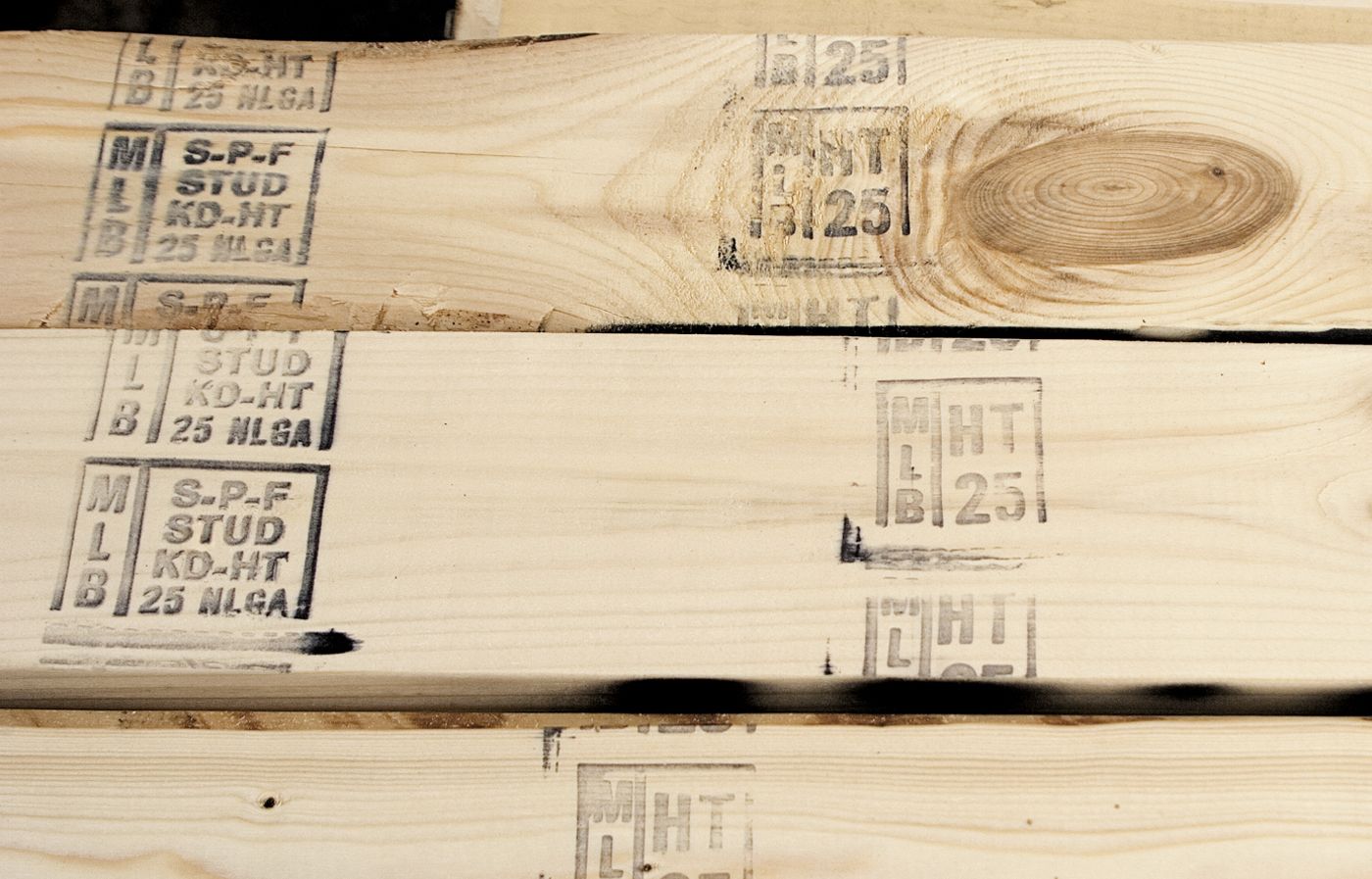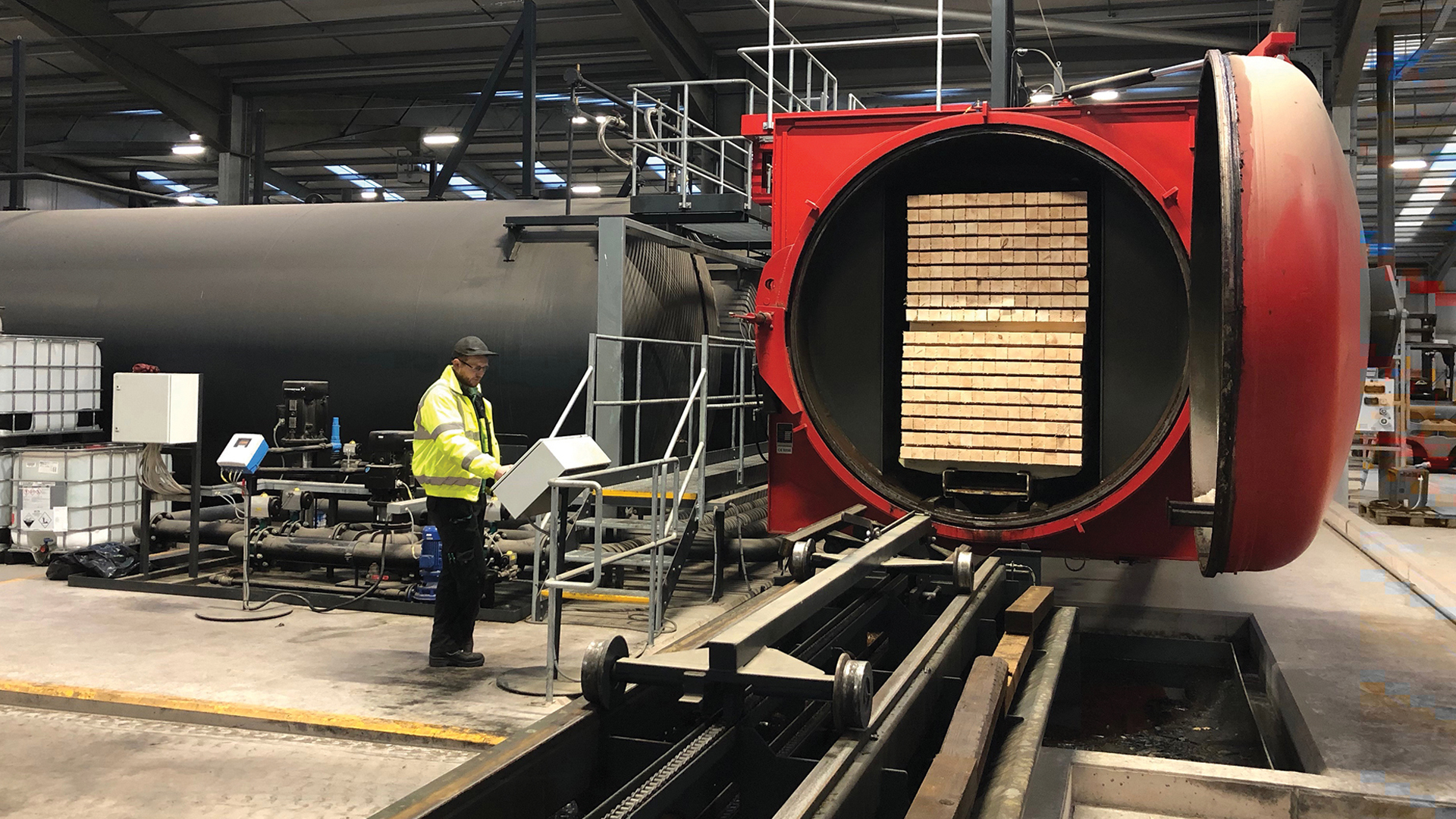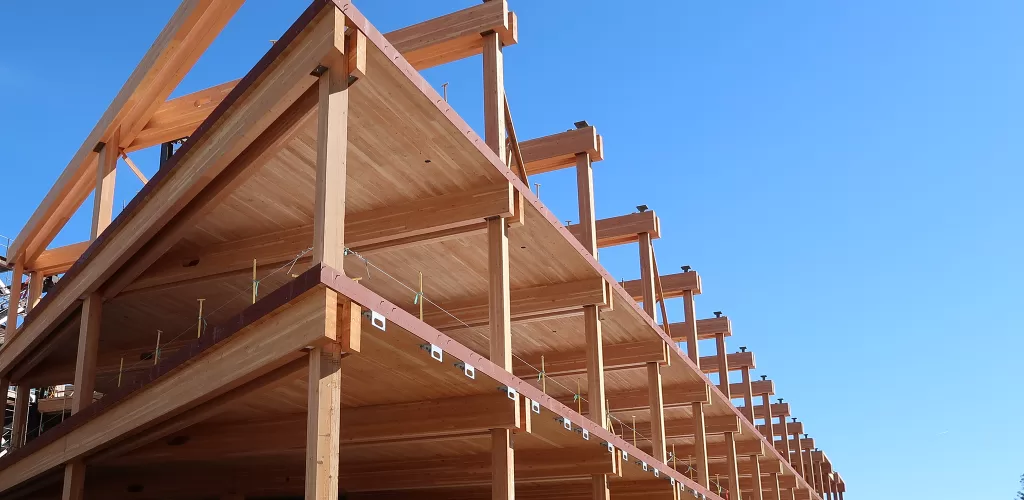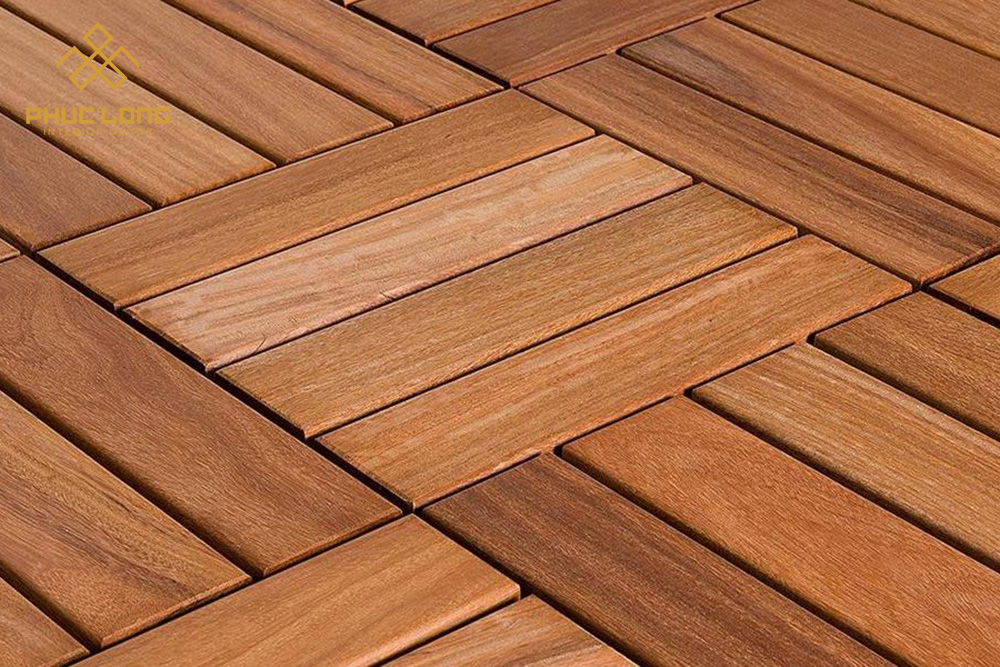Learn the key facts about different wood grades and discover the latest innovations in wood processing technology that are shaping the future.
Vietnam is a top exporter of valuable wood types, each known for its unique characteristics and high demand. **Rubber wood** is sustainable and cost-effective, used in furniture and flooring. **Acacia wood** is durable, termite-resistant, and versatile for plywood and furniture. **Pine wood** is lightweight and easy to work with, ideal for crafts. **Sapele wood** has a rich reddish-brown color, perfect for high-end furniture. **Lim wood** is extremely hard and pest-resistant, used in construction and luxury pieces. **Oak wood** is prized for its grain and strength, popular in premium interiors. These woods drive Vietnam’s growing wood export industry.
Understanding Different Wood Grades: What You Need to Know
When selecting wood for a project, it’s essential to understand the differences between wood grades. Wood grades help define the quality and appearance of the wood, impacting the final outcome of your project. Whether you’re working on furniture, construction, or other woodworking tasks, knowing how to choose the right wood grade can make all the difference.
What Are Wood Grades?
Wood grades categorize timber based on its quality, appearance, and structural integrity. Factors like knots, cracks, color consistency, and other imperfections determine the grade a piece of wood receives. Grading systems differ by region and the type of wood, but generally, wood is graded as follows:
- Select Grade (or Clear Grade):
This is the highest quality wood grade. It has minimal to no imperfections, offering a uniform appearance and excellent structural integrity. Clear grade wood is ideal for high-end furniture, flooring, and cabinetry where aesthetics matter the most. - Common Grade (No. 1 and No. 2 Common):
Common grades include wood with more visible imperfections such as knots, discoloration, or small cracks. No. 1 Common is the higher quality of the two, with fewer defects, while No. 2 Common may have more visible flaws. This wood is still strong and functional but is typically used in projects where appearance is less critical, such as in framing or structural support. - Construction Grade (or Utility Grade):
This grade is typically used for structural purposes. It can include visible knots, warping, or other imperfections but still meets the strength requirements for building projects. Construction-grade wood is less expensive and suitable for subfloors, frames, and outdoor decking. - FAS (First and Seconds):
FAS grade wood is often used for hardwoods. It is a high-quality grade, offering a balance of appearance and strength. FAS wood typically has fewer defects than common grades and is ideal for high-visibility furniture and cabinetry.
Understanding these wood grades helps you choose the right material for your project, ensuring both beauty and durability.
Factors Influencing Wood Grades
Several factors affect how wood is graded:
- Knots:
These are natural imperfections where branches once grew. Large or numerous knots can weaken the wood and impact its appearance, leading to a lower grade. - Grain and Texture:
The grain pattern and texture of the wood also affect its grade. Clear, uniform grains are preferred for aesthetic purposes and are often seen in higher grades. - Color Variations:
Some woods may exhibit color inconsistencies due to mineral deposits or environmental conditions. While this can add character, it is often graded lower in woods where uniformity is preferred. - Moisture Content:
Wood’s moisture content affects its stability. Lower-grade wood may have a higher moisture content, making it prone to warping or shrinking over time.
The Future of Wood Processing Technology: Innovations to Watch
The wood industry is seeing rapid technological advancements aimed at improving efficiency, sustainability, and product quality. Here are some of the most exciting innovations transforming wood processing technology:
1. Automation in Wood Processing
Automation is one of the most significant technological advancements in the wood industry. Automated machinery is now capable of sorting, cutting, and treating wood with incredible precision and speed.
- Benefits:
Automation reduces labor costs, improves consistency in product quality, and minimizes waste by making the most out of every log. It allows manufacturers to process wood faster while maintaining high standards of quality. - Future Potential:
The continued advancement of automation, especially when paired with AI, will enable even more efficiency. AI systems can monitor the condition of machines in real-time, reduce downtime, and optimize production lines to meet specific requirements, ensuring high-quality outputs at lower costs.
2. 3D Wood Printing
3D printing technology has started to make waves in the wood industry. Using wood-based materials like wood fiber composites, 3D printers can create custom wood products that would be difficult or expensive to produce with traditional methods.
- Benefits:
This innovation opens new possibilities for the design and creation of intricate furniture and construction components. It reduces waste by utilizing wood particles that might otherwise be discarded and allows for complex designs without the need for excessive manual labor. - Future Potential:
As 3D printing technology evolves, expect greater capabilities for producing larger and more complex wooden structures. This could revolutionize furniture design, making custom pieces more affordable and accessible.
3. AI-Driven Wood Grading
Artificial intelligence (AI) is increasingly being used to grade wood more accurately. Traditionally, wood grading has been a manual process, reliant on human judgment. However, AI systems equipped with machine learning can now analyze wood for defects and inconsistencies faster and more accurately than human workers.
- Benefits:
AI can enhance quality control, ensuring that only the highest quality wood is used for high-end projects. Additionally, it helps minimize waste by identifying usable portions of lower-grade wood. - Future Potential:
As AI technology improves, it may become standard in most wood processing factories, leading to more consistent grading and better resource utilization across the industry.
4. Eco-Friendly Processing Techniques
Sustainability has become a key focus in the wood industry, and new eco-friendly processing techniques are helping reduce the environmental impact of wood manufacturing. This includes energy-efficient drying methods, water-saving treatments, and the use of biodegradable chemicals for wood preservation.
- Benefits:
These advancements lower the carbon footprint of wood processing and reduce the industry’s reliance on harmful chemicals, contributing to a healthier planet. - Future Potential:
As demand for sustainable practices grows, manufacturers will continue adopting greener technologies. Innovations like solar-powered kilns and non-toxic wood finishes could become industry standards in the near future.
5. Cross-Laminated Timber (CLT) and Mass Timber Construction
Cross-laminated timber (CLT) is an engineered wood product made by gluing layers of solid-sawn lumber together. It’s known for its strength and stability, making it a popular choice for mass timber construction.
- Benefits:
CLT offers a sustainable alternative to traditional concrete and steel in construction. It’s lightweight, strong, and environmentally friendly, as it uses renewable resources and sequesters carbon throughout the life of the building. - Future Potential:
The rise of mass timber construction could reshape the building industry. With CLT, skyscrapers, bridges, and large-scale buildings made primarily from wood are becoming increasingly feasible. This shift not only promotes sustainability but also supports faster and more efficient construction practices.
6. Blockchain for Wood Supply Chain Management
Blockchain technology is being explored to improve transparency and traceability in the wood supply chain. From logging to final delivery, blockchain can help track the origin and movement of wood products, ensuring that they come from sustainable sources and meet regulatory requirements.
- Benefits:
Blockchain provides an unchangeable, transparent ledger, allowing consumers and businesses to verify the ethical sourcing of their wood products. This could also help eliminate illegal logging and promote more sustainable forestry practices. - Future Potential:
As consumers become more conscious of where their products come from, blockchain technology could become an essential tool in certifying the sustainability of wood products. This may become especially important for environmentally conscious consumers and builders.
Conclusion
Understanding different wood grades is critical to selecting the right material for your project, whether you’re building furniture, constructing a house, or simply crafting something unique. Grades such as Select and Common offer guidance on the quality and appearance of wood, helping you make informed decisions.
At the same time, advancements in wood processing technology are pushing the industry into the future. From automation to AI-driven grading and 3D printing, these innovations are reshaping how we process and use wood, ensuring that it remains a sustainable and versatile material for years to come.
As technology continues to evolve, so too will the opportunities for new, more efficient, and eco-friendly ways of working with wood. Whether you’re a professional in the industry or a DIY enthusiast, staying informed about these trends will help you make smarter, more sustainable choices.
You can read more articles by visiting our blog here.

